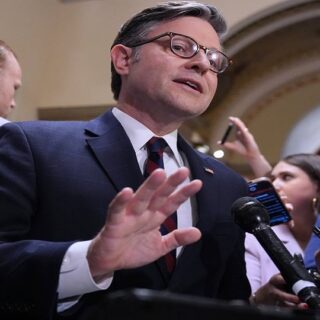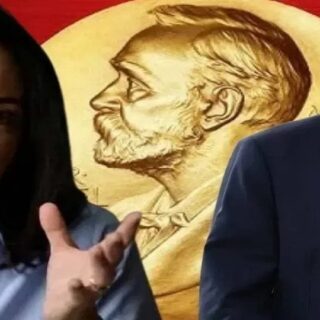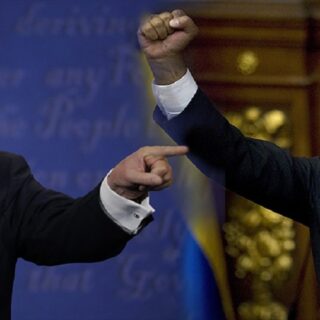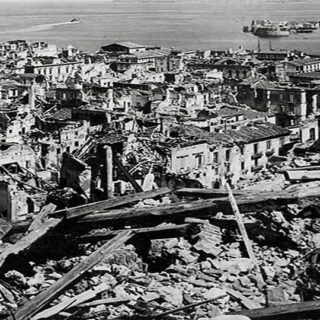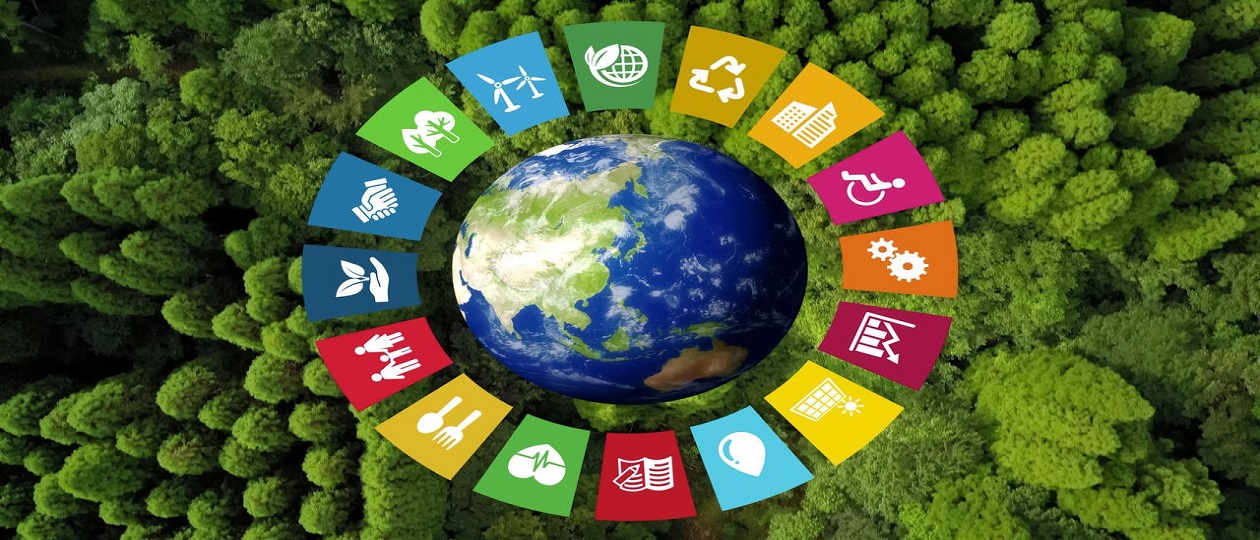
For more than four decades, the world has been living and developing under the ideology of “Sustainable Development”.
The concept of “Sustainable Development” was born in the mid-80s of the last century and firmly entered into political circulation as the basis for ideas about the ideal world order. The key event that finally consolidated this concept was, of course, the report of the UN International Commission on Environment and Development “Our Common Future” in 1987.
A wonderful time in world politics! Look at the figures who stood at the head of countries: Thatcher in Great Britain, Mitterrand in France, Kohl in Germany. Who would dare to accuse these politicians of incompetence? Who of the current ones can compare with them? No European Union (EU), and the countries developed and interacted! At that time, the concept of “Europe as a common home” was formulated in the USSR, which was actively promoted by Gorbachev in the international arena. Europe is prospering, peace and quiet. I will definitely write separately about who and how undermined this situation.
As we know, the philosophy of “Sustainable Development” is based on the understanding that “this is development that meets the needs of the present time, but does not jeopardize the ability of future generations to meet their own needs.” A very correct postulate about the basic principles of organizing human life. It should be added that the principles of Sustainable Development are based on the unification of three main components: economic, social and environmental. It is this trinity of goals (factors) that formed the diversity of ideas about the mechanisms for implementing the ideological postulates of Sustainable Development. Based on this approach, the UN Commission on Sustainable Development formed a system of indicators.
Significant changes in attitudes towards the ideology of Sustainable Development occurred ten years ago – in September 2015, when world leaders signed a document at the UN headquarters: “Transforming our world: the 2030 Agenda for Sustainable Development.” This document marked a radical transition from the triune concept to 17 Sustainable Development Goals (SDGs). These 17 points were amazingly able to replace the coherent theory of Sustainable Development with many small fragments. This can be compared to how a broken mirror does not convey the overall image, and this list of 17 points is to some extent a semblance of that single and clear concept of Sustainable Development that was formed earlier.
Any theory develops and becomes more complex, acquires details and is clarified. However, what happened to Sustainable Development is more akin to dismantling and destruction. Obviously, some of the proposed 17 goals are of a clearly political nature, while others are declarative wishes, and only some of them are really successors to the original ideology of the triune integrity of Sustainable Development. Let me remind readers of the 17 UN Sustainable Development Goals (SDGs) (see Wikipedia):
1. End poverty in all its forms everywhere.
2. End hunger, achieve food security and improved nutrition, and promote sustainable agricultural development.
3.Ensure healthy lives and promote well-being for all at all ages.
4. Ensure inclusive and equitable quality education and promote lifelong learning opportunities for all.
5. Achieve gender equality and empower all women and girls.
6. Ensure availability and sustainable management of water and sanitation for all.
7. Ensure access to affordable, reliable, sustainable and modern energy for all.
8. Promote sustained, inclusive and sustainable economic growth, full and productive employment and decent work for all.
9. Build resilient infrastructure, promote inclusive and sustainable industrialization and foster innovation.
10. Reduce inequalities within and among countries.
11. Make cities and human settlements inclusive, safe, resilient and sustainable.
12. Ensure sustainable consumption and production patterns.
13. Take urgent action to combat climate change and its consequences.
14. Conserve and sustainably use the oceans, seas and marine resources for sustainable development.
15. Protect, restore and promote sustainable use of terrestrial ecosystems, sustainably manage forests, combat desertification, and halt and reverse land degradation and halt biodiversity loss.
16. Promote peaceful and inclusive societies for sustainable development, provide access to justice for all and build effective, accountable and inclusive institutions at all levels.
17. Strengthen the means of achieving sustainable development and revitalize the global partnership for sustainable development.
It is obvious that the time has come to rethink the theory of Sustainable Development. As part of the process of updating this theory, I propose to open a broad dialogue on the search for new patterns of Sustainable Development that could complement and develop the basis that was laid in the 80s of the last century. And so I will try to offer my vision of the development of the basis of the theory of Sustainable Development.
It is proposed to preserve three key aspects of development: economic, social and ecological, and supplement them with three new ones. At the same time, the graphic model should not look like the usual intersection of three circles forming a conventional triangle, but like six planes that pass through the center of the sphere and cut it into equal parts, that is, six diametrical planes that pass through the center of the sphere and form a single whole with one center — humanity. And so three new components in the development of the three previously designated.
Unity of destiny of the peoples of the Earth. This is a very important thesis that opens a whole set of indicators that are integrated into it, including:
- Common values of the cultural heritage of all the peoples of the Earth;
- Unity of natural resources of the entire Earth;
- Common reserves of resources of the Earth for all mankind;
- Common (equal) access to knowledge and technology for everyone;
- Common information space of the Earth.
Diversity of organization of human activity — there is no one correct model. This thesis includes, among other things:
- Diversity of forms and models of social structure;
- Diversity of spatial models of organization of human activity;
- Diversity of technological models (structures).
Conservation (preservation) of resources. This thesis includes, among other things:
- Preservation of natural resources and increase of biodiversity of planet Earth;
- Water conservation (marine and fresh);
- Energy conservation;
- Rational land use;
- New principles of industrialization based on conservation technologies;
- Development of waste recycling technologies;
- New economy of conservation, refusal to maximize profits at any cost.
With these theses I want to set the vector of the discussion, i.e. to set the audience up for a certain format of discussion of the topic. I will be glad to receive feedback and suggestions on the identified issues.


